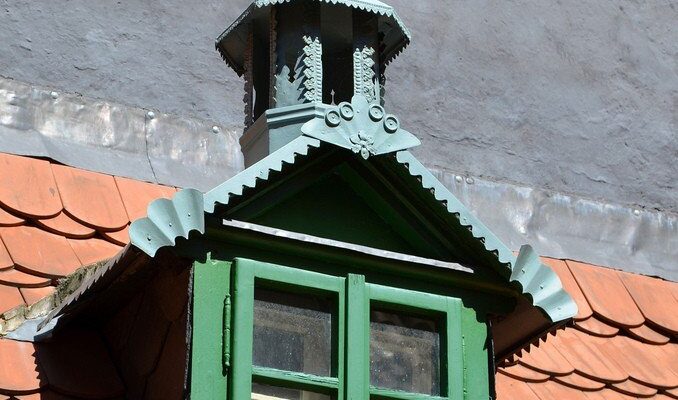Zlatá ulička
Zlata Uločka is an old dead-end street in Prague Castle. It is known for its dwarf 2-story houses built into the fortress wall. The houses are painted in bright colors, look like toys and are very popular with tourists. The street is often called “a part of old Prague.”
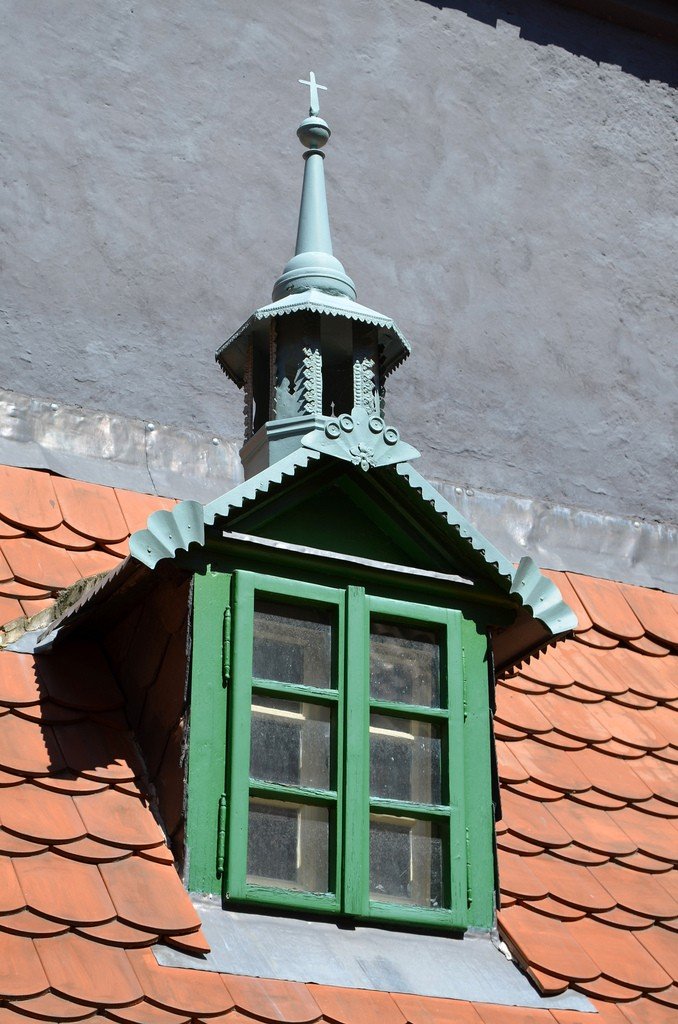
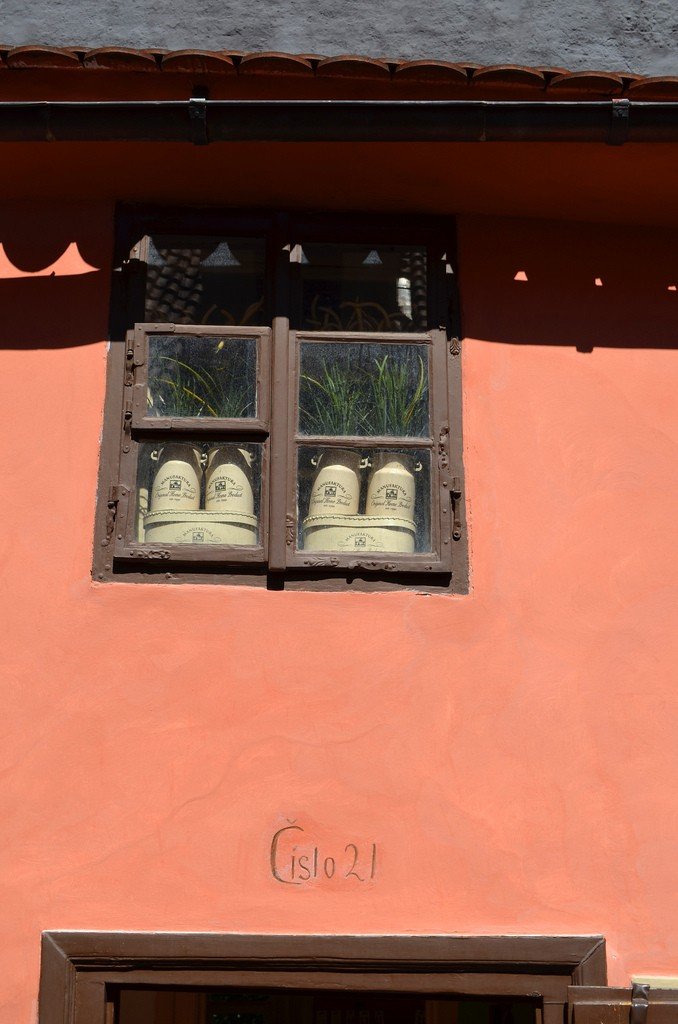
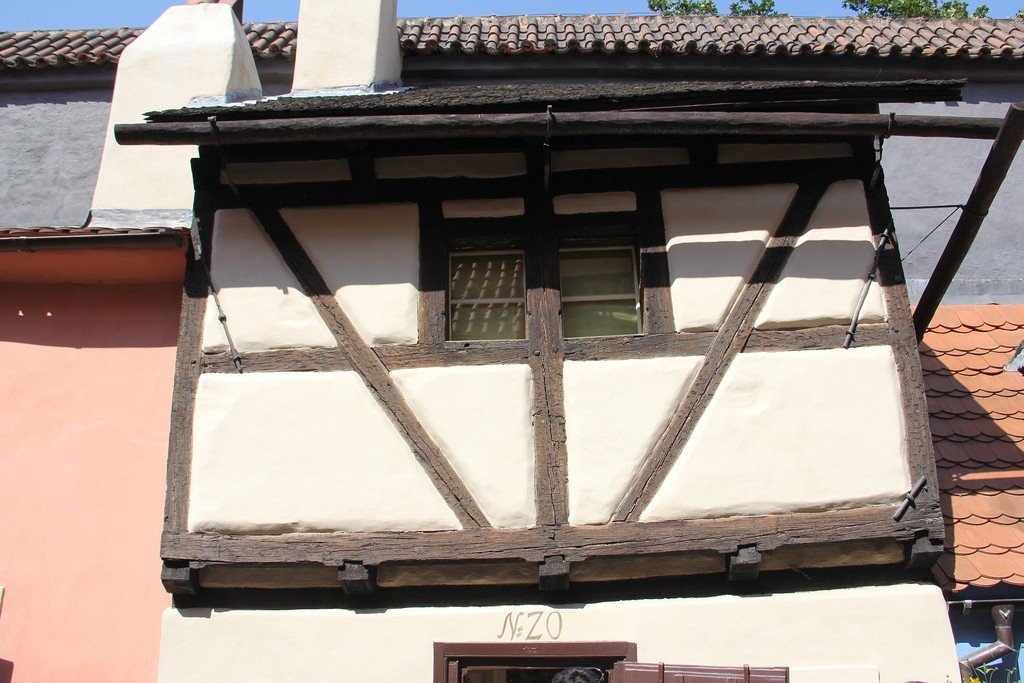
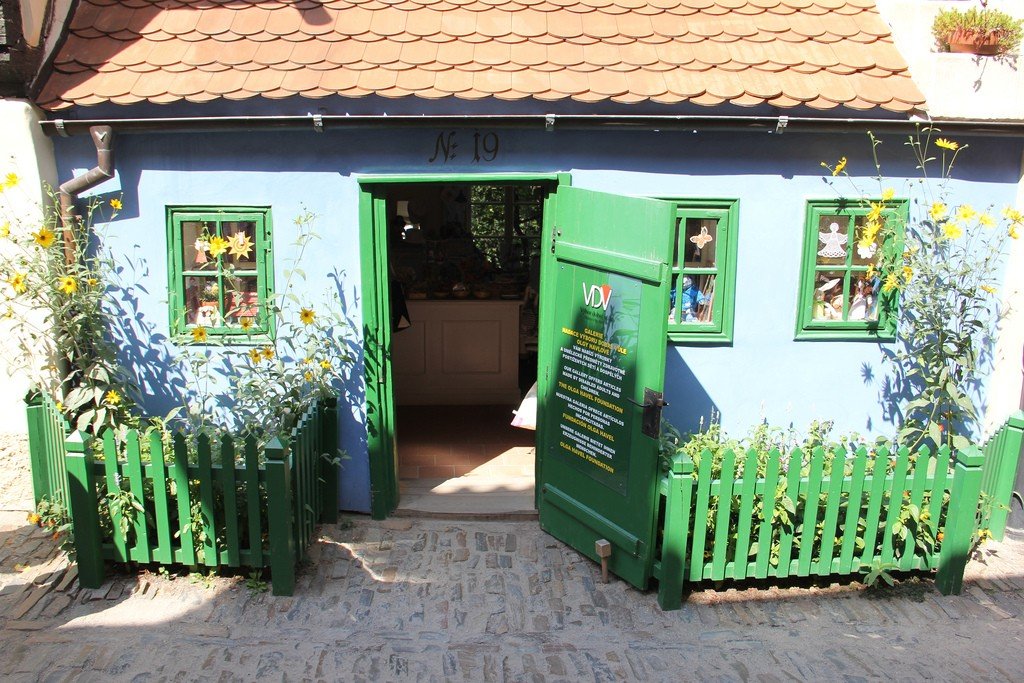
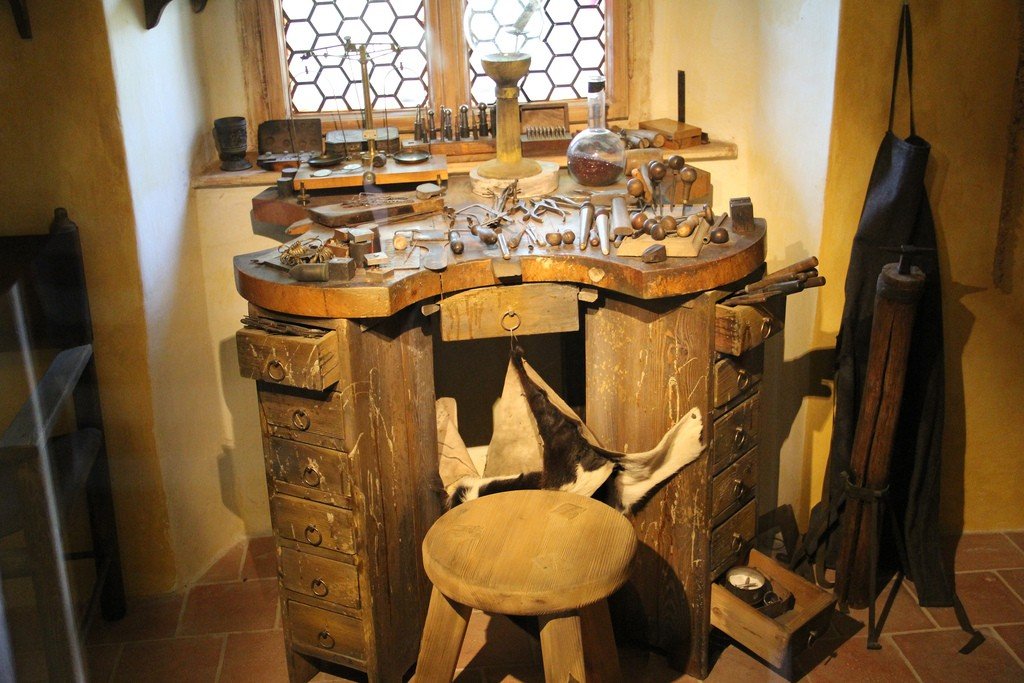
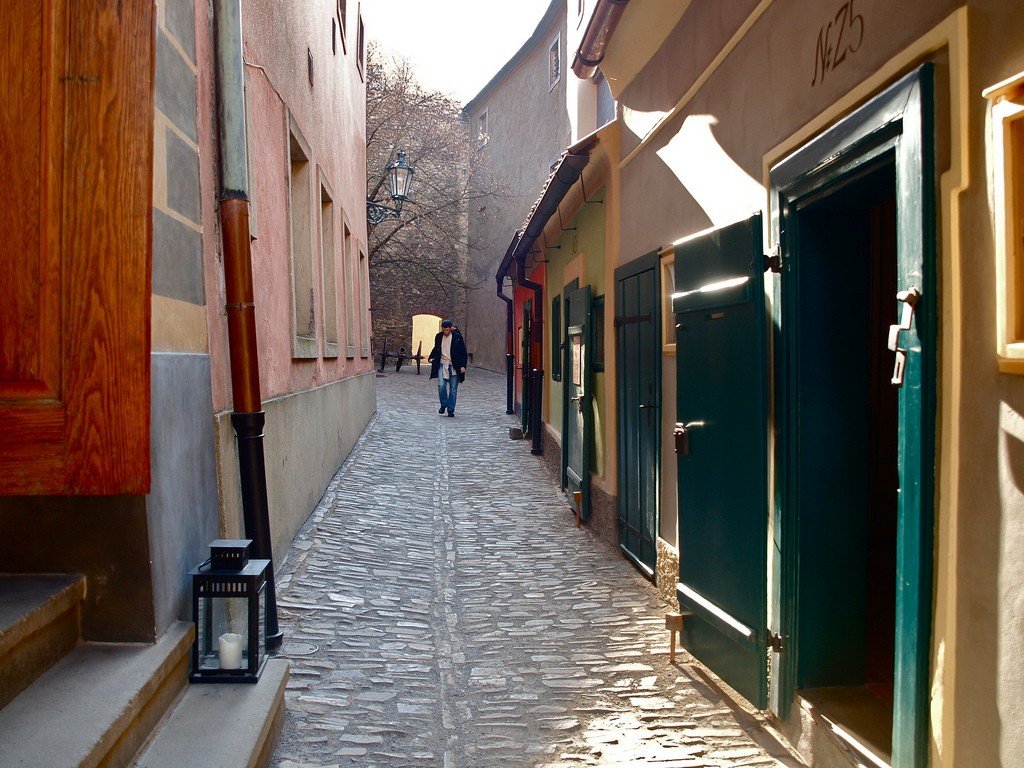
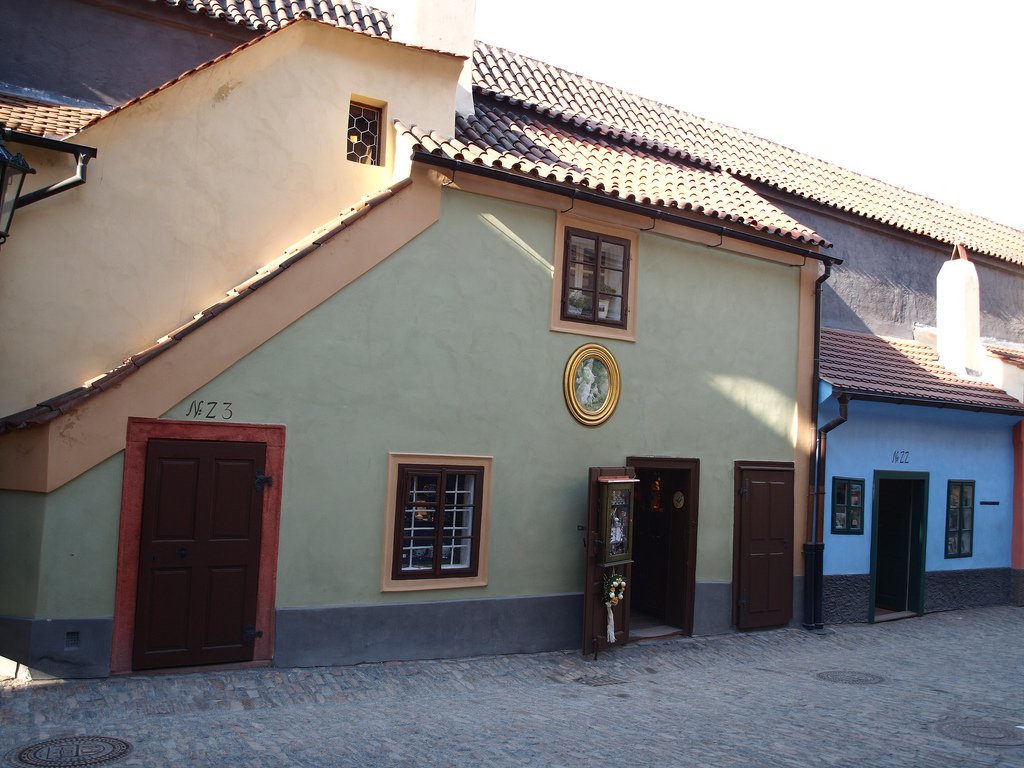
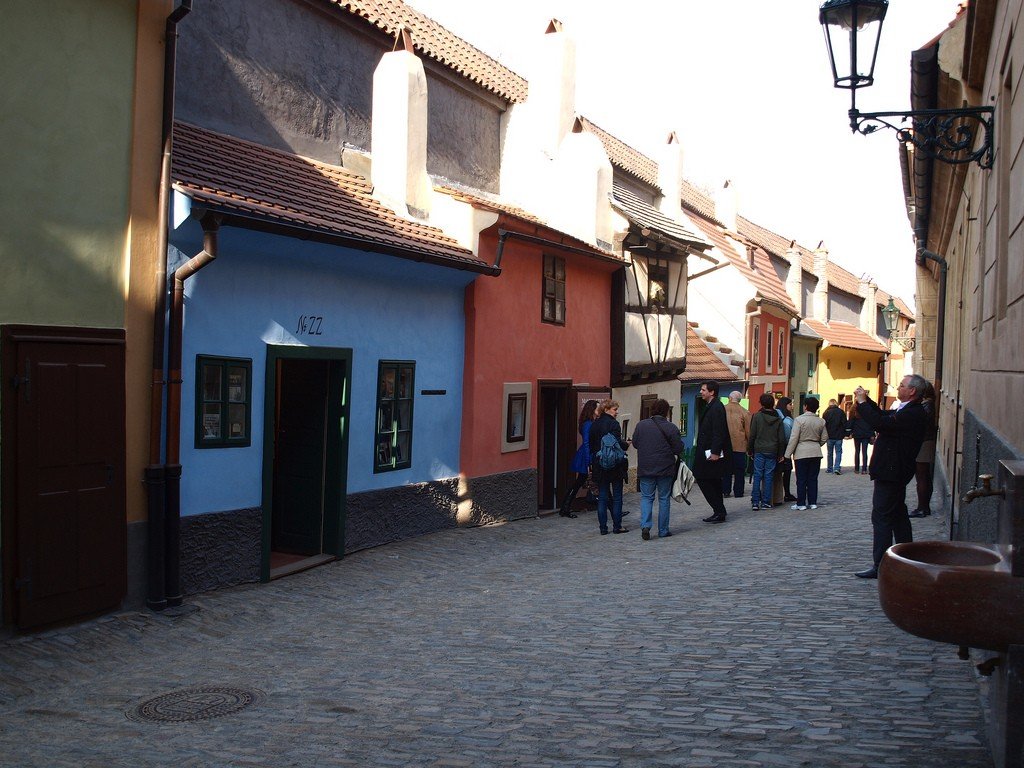
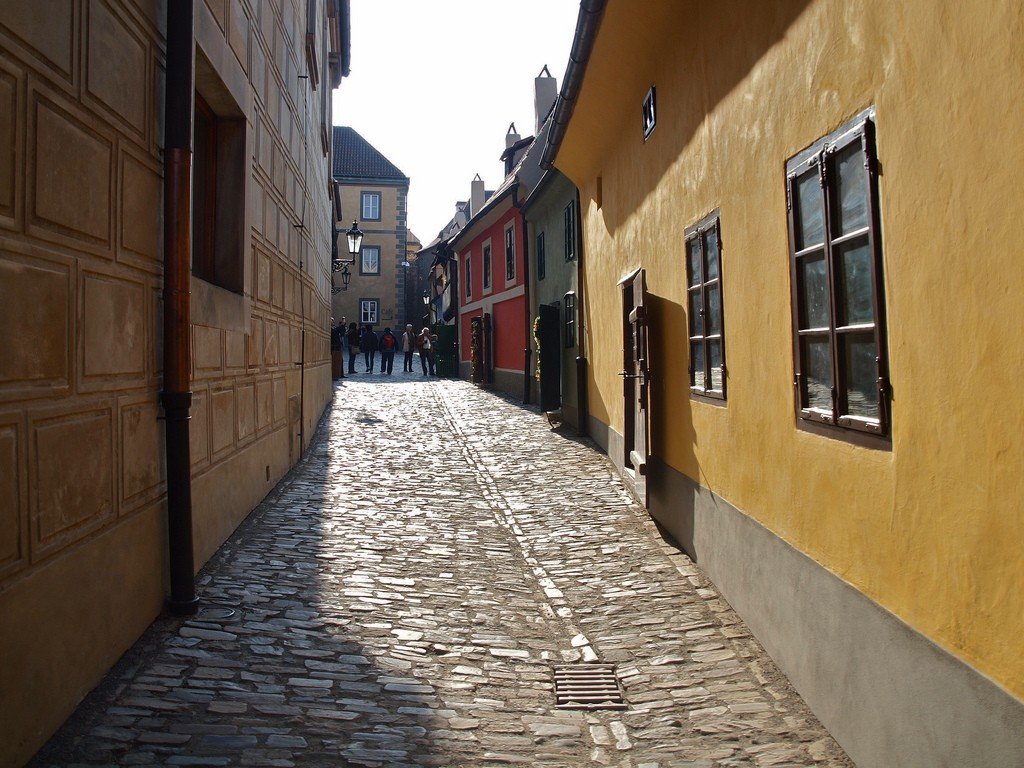
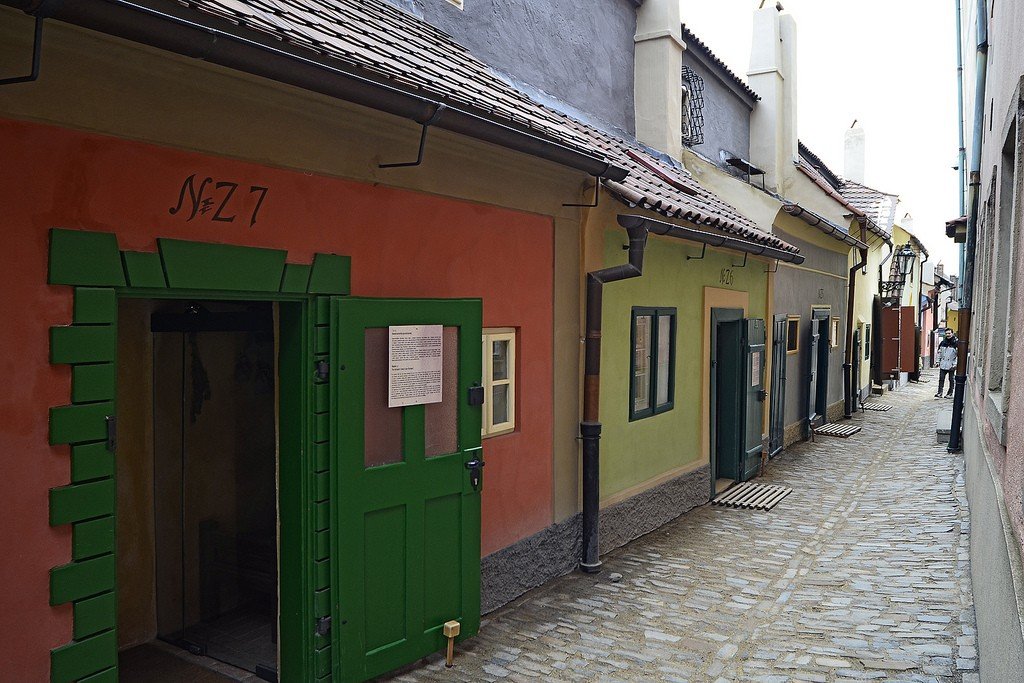
General information
Zlata ulica was built in the Middle Ages. It was originally called Zlatnicka or Jeweler’s Street, because its main inhabitants in those distant times were goldsmiths. However, they were not the only inhabitants of the street: here also lived the royal army riflemen who served at the gates of the Castle, then artisans, cooks, tailors, and even later on the streets began to settle poor people.
There is a legend that alchemists lived here, who had to invent a way to obtain gold for King Rudolf II, but historians completely deny it. However, even without alchemists Zlata Ulitsa can boast of famous residents: writers Franz Kafka (in house No. 22), Jan Marzanek, poet Jaroslav Seifert, composer Jaroslav Ježek, soothsayer Madame de Feb (house No. 14), whose activity was interrupted by the Gestapo because she allegedly did not fulfill the condition that her predictions would not relate to military events, lived here.
After extensive reconstruction, Zlata Uločka is once again available for tourists to see. The houses were renovated and turned partly into souvenir shops, partly into galleries and expositions telling about the life of Prague citizens in the Middle Ages.
.
What to see
Once you pass through the turnstile, you will immediately see the entrance to the exhibition hall with an exposition of knight’s armor and other themed paraphernalia. It is better to start your acquaintance with the legendary houses from left to right.
House #27
House No. 27 on Zlata Uločka was the home of a witch doctor. Dry herbs were hung in the room, various jars and jars, special devices for making medicines.
.
Entering the lodge, you will see in front of you a transparent glass, protecting the exposition from the pogrom of numerous tourists, however, it does not prevent you from smelling the specific smell of medicinal herbs. In the house there is a small room where the bed is installed, obviously, there the healer rested after a day’s work.
.House number 26
In the house numbered 26 lived a seamstress. Various fabrics, a sewing machine, costumes on mannequins help to determine the occupation. The fact that a woman lived here suggests neatness and comfort, a combination of colors, dishes.
.House #25
In House No. 25 there is an exhibition with photographs that depict the life of the inhabitants of the street in the 1950s of the XX century.
.House No. 24
.House 24 was home to Mrs. Magdalena, who was one of the first to introduce the idea of painting the houses on the street in different colors. Her house was an example to those around her. It was with this innovation that a small fee was charged to those who wanted to see the unusual houses.
.
The house is recreated with a bed, decorations, and furniture.
.Through this house you can go to the Defense Corridor – there is an exhibition of weapons and armor that belonged to the guards of Grad. The corridor leads to the Daliborka and Belaya towers, which served as prisons in the XV-XVIII centuries.
>House No. 22
House No. 22 houses a bookstore where you can buy not only books about Prague in various languages, but also necessary maps of the city and souvenirs. By the way, Franz Kafka himself used to live in this house. This is evidenced by the inscription next to the right window.
.House No. 21 houses a store selling Czech cosmetics based on beer yeast – Manufaktura.
.House #20,19,18,17
.Houses numbered 20, 19, 18, 17 contain shops selling traditional Czech souvenirs. Various puppets, dishes, magnets and much more.
House number 16
House number 16 is a 17th century Renaissance inn, where they cooked for prisoners in Daliborka or the White Tower. The rough furnishings of the inn, a mighty table, hewn chairs, benches, a cupboard with pewter and earthenware, a time-appropriate drawing and an inscription on the wall. On the table are tubs, mugs, plates. The left room is equipped as a kitchen with an open fire and a pantry.
.Interior of the kitchen from the period of the first republic or protectorate in the cottage čp 14. Until the end of the 19th century, the inhabitants of the alley had the only toilet, and for water they went to the fountain on the Jiřská Square in front of the church of St. Jiří.
.
A heavy safe, a work table with various tools, a bed and a cage with a bird as a living indicator of the presence of harmful substances in the air – all this was necessary for the jewelers to work and live. Whether the street is called Zlata because of the jewelers is debatable.
.House No. 15
House 15 houses the workshop and housing of the jeweler. The various tools as well as the furnishings are reminiscent of a jeweler’s work and living quarters.
House #14
In House No. 14 in the first half of the 20th century lived the legendary clairvoyant Matilda Prushova, who later died in a concentration camp due to failure to comply with the conditions not to predict events related to the war.
.House No. 13
House No. 13 is the residence of the red artilleryman. Here you can see weapons, clothes, as well as a staircase, climbing up which you could lay down on a suspended bed.
.
House #12
House No. 12 is the residence of amateur historian Josef Kazda, who collected old Czech and American films. Here you can see not only a whole pile of old tapes, but also attend a movie session of those times.
.
Next to the 12th house there is a descent to a small area. On the left side you will see the Daliborka Tower, which you should definitely enter. Here you can see instruments of torture and much more.
.
Practical information
Stalls and expositions are open until 18-00. To see them, you need to buy a single ticket, which allows you to familiarize yourself with the objects of Prague Castle. The cheapest ticket costs 250 CZK and allows you to visit the Royal Palace, St. Jiri’s Basilica and St. Vitus Church, in addition to the Golden Lane.
After 6 p.m. entrance to Zlatá Street is free.
.Address: Zlatá ulička, Praha 1 – Hradčany
.Tel: 224 372 423
.How to get there
To get to Zlata Uločka you can take the metro to Malostranska station (line A), then take the 22 streetcar to Prazsky Hrad or Pohorelec. The Prazsky Hrad stop offers the shortest route to Prague Castle. And by getting off at the Pohorelec stop, you can take a short walk through Hradcany.
.